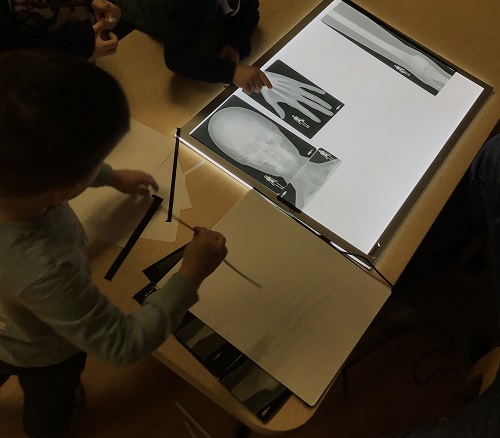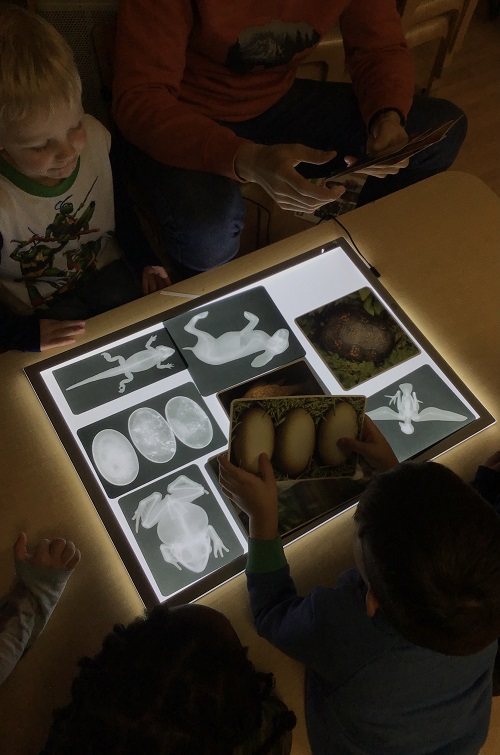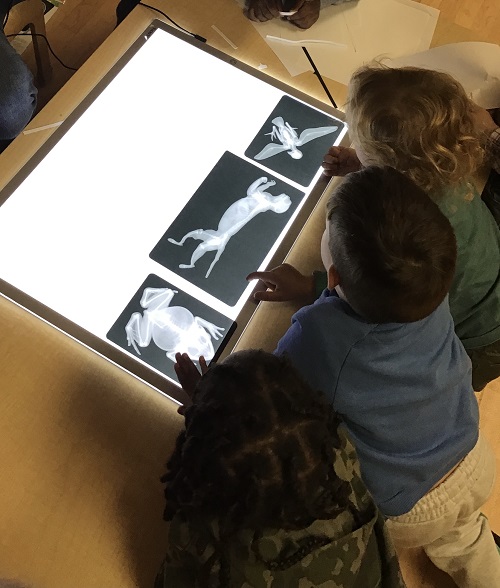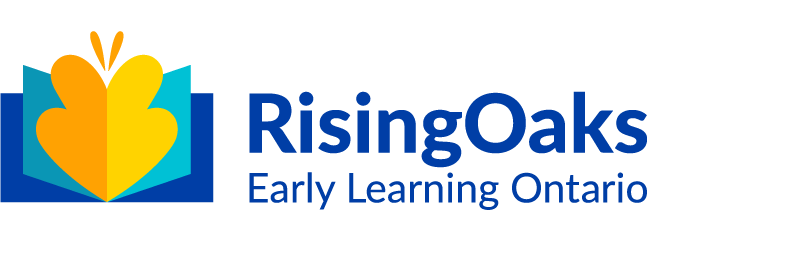Today, we introduced our light table with a new set of X-rays for exploration. The children eagerly chose to examine animal X-rays over human ones. They engaged in a matching activity, where they first laid out the animal X-rays and then took turns trying to identify and match the corresponding animal pictures to the X-rays. Some identifications were made with ease, while others prompted guesses and required matching the images for confirmation. Following their engagement with the animal X-rays, their curiosity led them to explore human X-rays. During this time, they guessed which body parts the bones belonged to, identified them, and then connected the information to their own bodies by touching the corresponding parts.
The children's hands-on experience with the light table and X-rays reflects a philosophy, where children explore and learn through sensory experiences. This investigative process sparked curiosity about the natural world, allowing the children to connect visual information to tangible objects. Their ability to match animal pictures to their skeletal structures demonstrates an understanding of anatomy and categorization, an important cognitive skill during early childhood.
By extending the activity to human X-rays, the children made personal connections to the information, further reinforcing their learning. This personalized approach is supported by "How Does Learning Happen? Ontario's Pedagogy for the Early Years," where meaningful exploration is a critical pathway to learning. The children were engaged in critical thinking and problem-solving, which aligns with the pedagogy's goal of promoting well-being and belonging through exploration, play, and inquiry.
To reinforce the learning experience, we could include a variety of X-ray images highlighting different skeletal structures and engage the children in a sorting game, categorizing them into groups, fostering their classification skills. As well we could expand their vocabulary and deepen anatomical knowledge, by labeling the bones in both the animal and human X-rays during the next activity. This could include matching labels and images, encouraging word recognition and print awareness.
